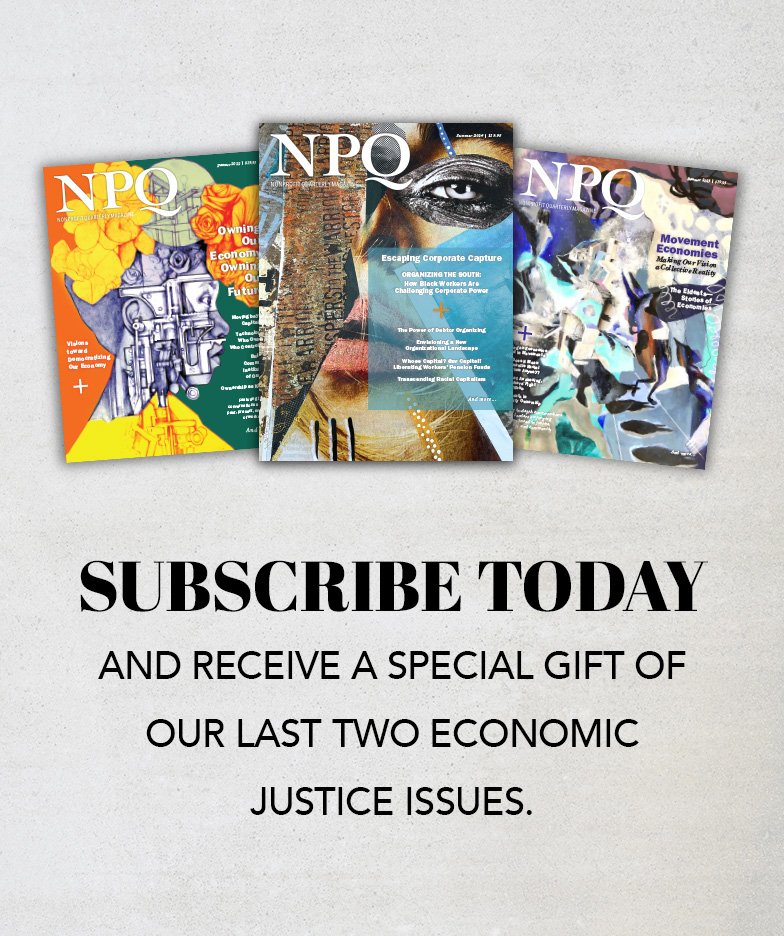Finally the wake-up call for fundraisers is here: a bad economy.
Fundraising has been in trouble for years, but ignored by many.
Fundraising is one of the world’s most wasteful industries. It spends $2 to raise $1 from a new donor. Then 2 times out of 3, that new donor is lost and never gives again. And, there’s been a donor retention crisis for years.
If this information surprises you, that’s a problem. The fundraiser’s job – even if you’re the executive director – is to keep up with sector research and writings.
Honestly, the donor retention crisis is an embarrassment and we should all be ashamed. Yes, indeed, you and me and everyone working in the nonprofit sector should be concerned about this crisis.
Just ask yourself: what are nonprofits doing that we cannot get second gifts from first-time donors and can’t keep donors? This is really bad news. And you know what else? Research says it costs 10 times more money to acquire new donors as it does to keep current ones. (Hint: Spend most of your time retaining and upgrading your current donors!)
What are your retention rates? How many of your donors increase their gifts each year? What percent of your first time donors give a second gift? What’s your average gift size and is it increasing each year?
Sign up for our free newsletters
Subscribe to NPQ's newsletters to have our top stories delivered directly to your inbox.
By signing up, you agree to our privacy policy and terms of use, and to receive messages from NPQ and our partners.
So many questions to ask. So much important information for you to collect, analyze, and discuss. Discuss the trends and implications of your data with staff and with your board, too.
By the way, even if your donor retention rates are great, today’s economy should still be your wake-up call. Why? Because in a tough economy, donors may have to choose which organizations will still receive gifts, and which ones won’t.
How will your donors choose? They’ll choose donor-centered organizations. Donors are loyal when they feel like giving to you makes a big difference. And your organization has to tell donors how their gifts make a difference.
The wake-up call means: Make sure your organization is donor-centered. Make sure you nurture relationships between donors and your organization. Donor-centrism produces donor loyalty. And loyal donors will pick you.
I’ll talk more about donor-centrism in future columns. Right now I suggest you read critical research about donor-centered performance. See Building Donor Loyalty: The Fundraiser’s Guide to Increasing Lifetime Value by Adrian Sargeant and Elaine Jay. This book summarizes Sargeant’s research findings from 20,000 individual donors.
For more information about donor centrism, read Donor-Focused Strategies for Annual Giving and Keep Your Donors: The Guide to Better Communications and Stronger Relationships.













